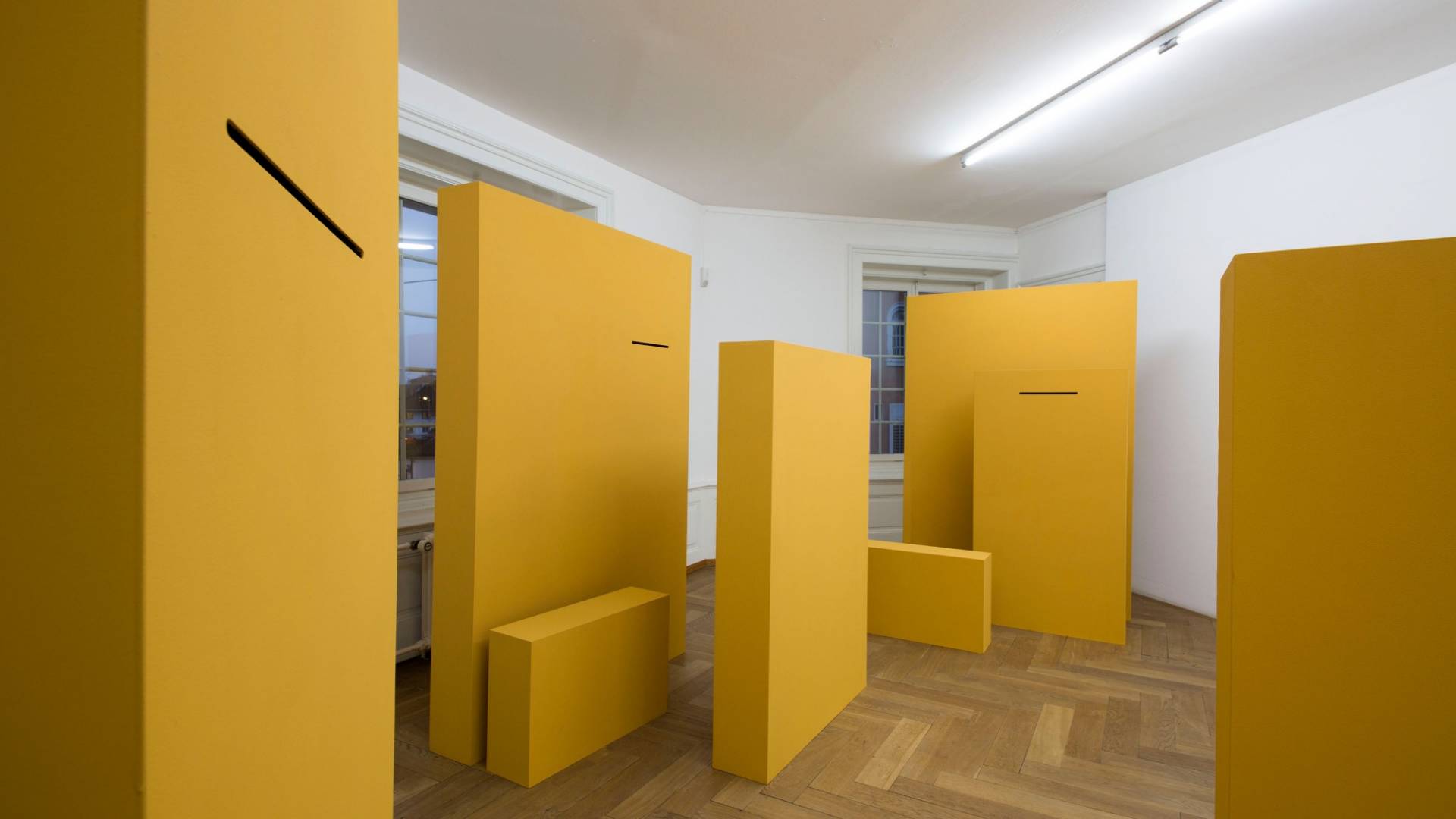
Helvetia Art Prize
The Helvetia Art Prize
Intended as a leg-up for young graduates who have studied the visual arts and media art at a Swiss art school, the award first launched in 2004 underscores Helvetia’s long-standing commitment to Swiss art. The prize is reserved for young artists just at the start of their career and while the focus of Helvetia's own collection of contemporary Swiss art – which incidentally counts among the most important of its kind – is on painting, drawing, and photography, the Helvetia Art Prize is not restricted to those disciplines. Its purpose is to bring the ideas and art forms of the next generation of artists to the public’s attention. The Helvetia Art Prize comes with prize money of CHF 15,000 as well as a solo exhibition..
The prize is awarded every year as part of the Plattform exhibition.
| Year |
Prizewinners | Stories |
|---|---|---|
| 2024 | Virginie Sistek | «Virginie Sistek wins the 2024 Helvetia Art Prize» |
| 2023 | Bisso Yann Stéphane | «Bisso Yann Stéphane is the winner of the 2023 Helvetia Art Prize» |
| 2022 | Jonas Van Holanda | «Jonas Van Holanda is the winner of the 2022 Helvetia Art Prize» |
| 2021 | Anita Mucolli | |
| 2020 | Tiphanie Kim Mall | «Helvetia Art Prize winner 2020» |
| 2019 | Kaspar Ludwig | |
| 2018 | Gina Proenza | «Helvetia Art Prize winner at LISTE in Basel» |
| 2017 | Andriu Deplazes | «Andriu Deplazes wins Helvetia Art Prize 2017» |
| 2016 | STELLA | |
| 2015 | Dijan Kahrimanovic |












